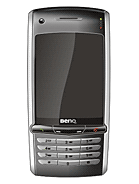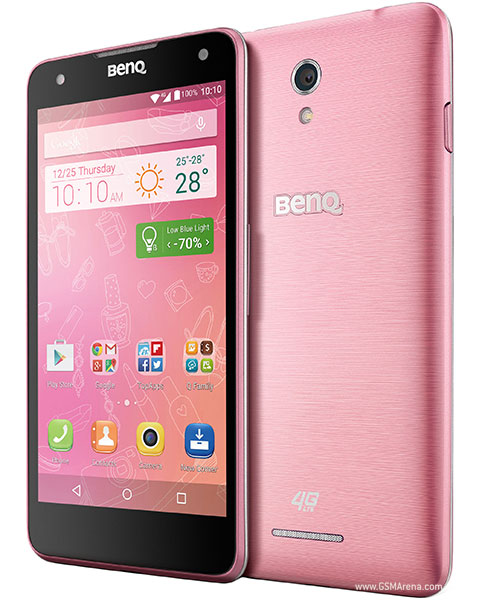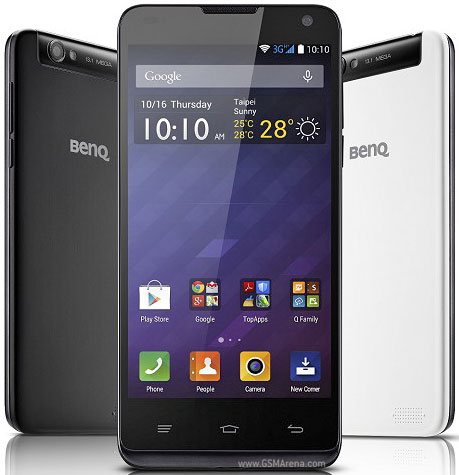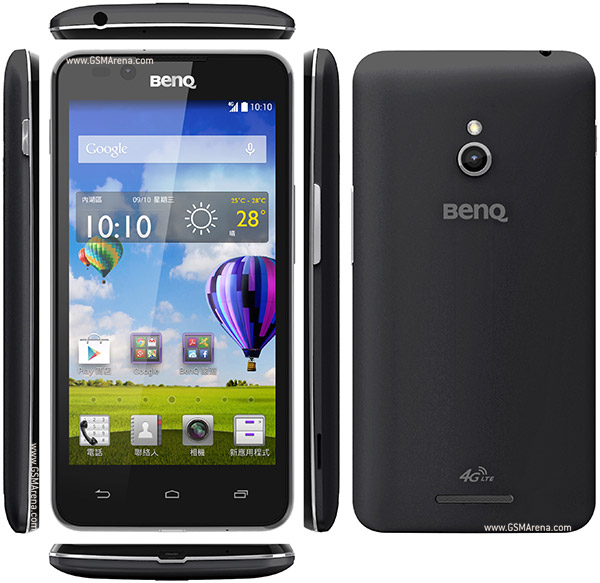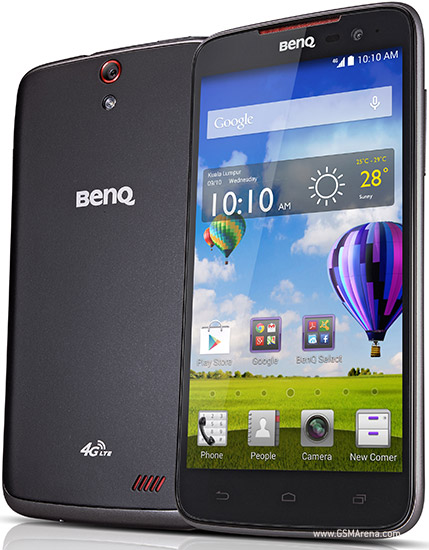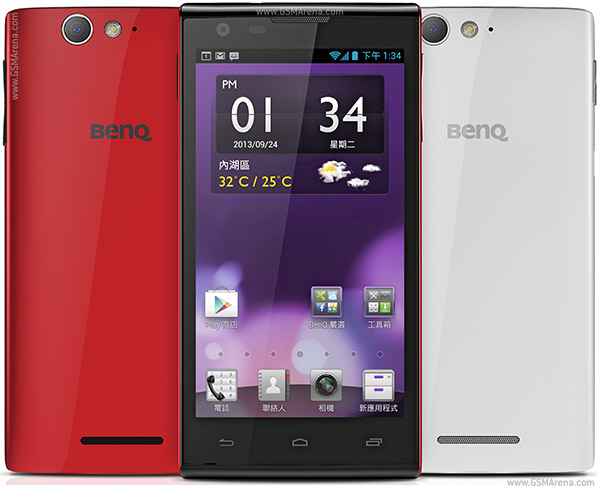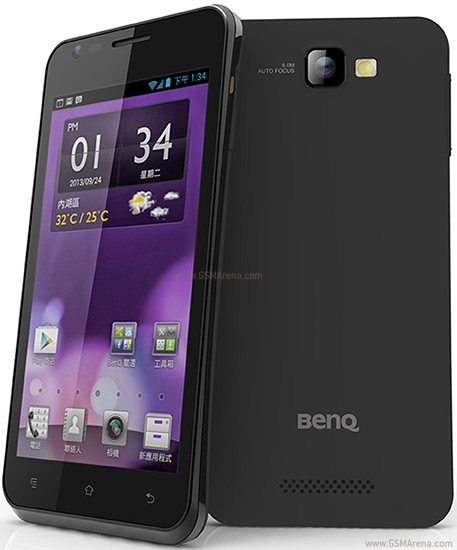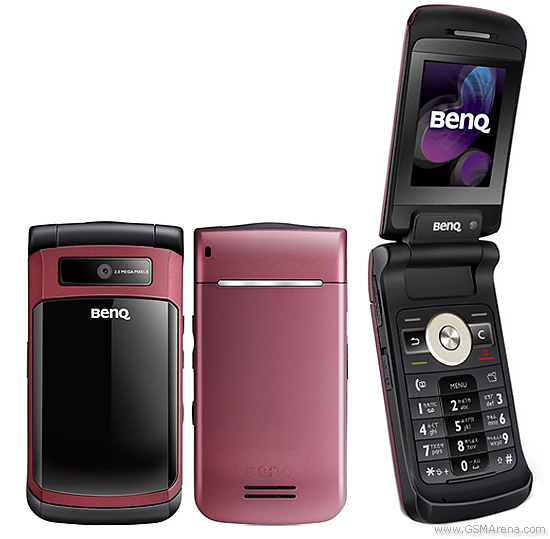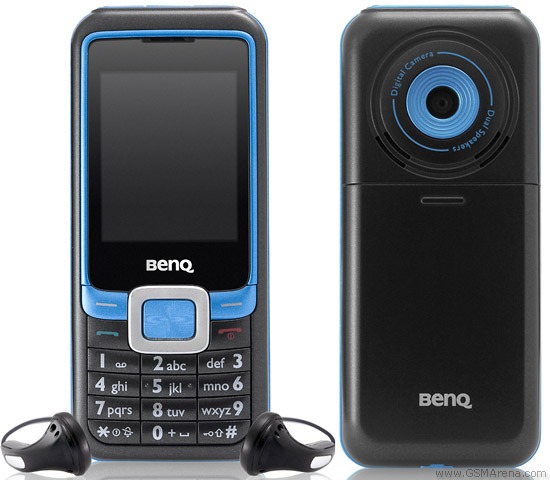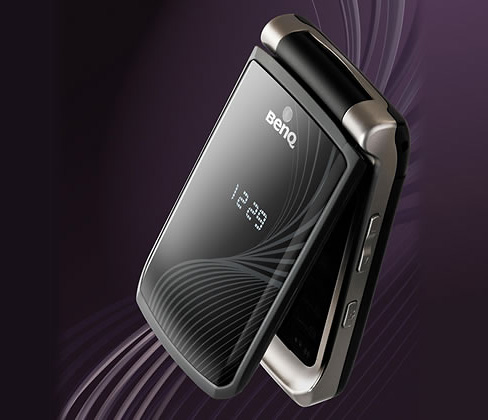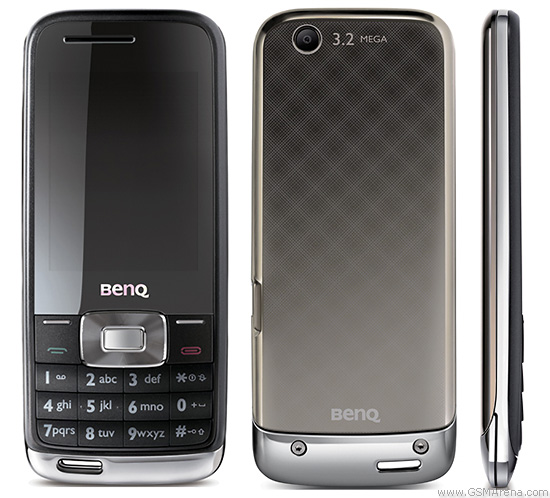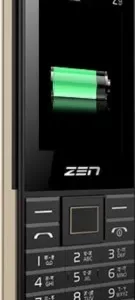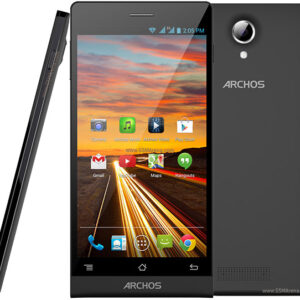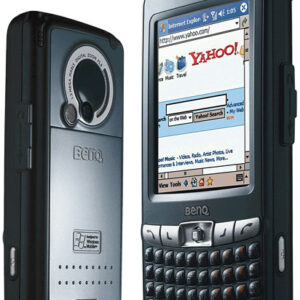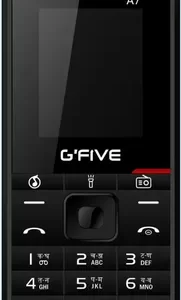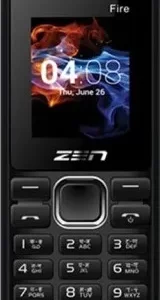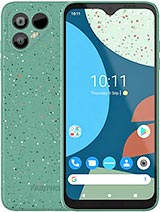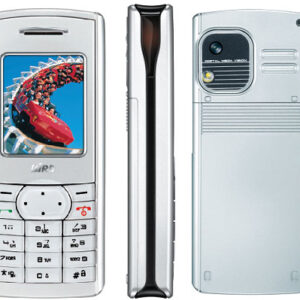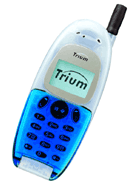BenQ P31 Overall Review
The BenQ P31, announced in the first quarter of 2004, is a mobile device that showcases the early adoption of Symbian OS in non-Nokia phones, blending the functionality of a smartphone with the simplicity of the era’s mobile designs. It features a TFT resistive touchscreen with 65K colors, a display choice that speaks to the technology standards of the time, providing users with a functional interface for interaction with the Symbian-based system.
Underneath its hood, the P31 is powered by a TI OMAP V1030 chipset, a choice reflecting the phone’s positioning towards providing a balance between performance and power efficiency for basic tasks and applications. The device comes equipped with a 1.3 MP primary camera, enabling users to capture photos, a relatively advanced feature for a phone from this period.
Battery life is managed by a 760 mAh battery, which, given the device’s modest hardware requirements, would have been sufficient for daily use. Despite its limited internal storage capacity, the phone likely offered expansion options through external means, a common feature for its time.
Connectivity in the BenQ P31 encompasses the basics, with emphasis on GSM network compatibility, reflecting the primary use of mobile devices for calls and SMS during this period. Its design and build quality would have been focused on durability and ease of use, with a form factor that catered to the mobile users of the early 2000s.
BenQ P31 Pros and Cons
Pros:
- Early adoption of the Symbian OS, offering more flexibility than many contemporary feature phones.
- 1.3 MP camera for basic photography needs.
- Resistive touchscreen technology, which was advanced for its time.
Cons:
- Limited internal storage capacity, constraining the number of apps and multimedia content.
- The 760 mAh battery might be considered insufficient by today’s standards.
- Use of a resistive touchscreen rather than the more responsive capacitive screens found in later devices.
